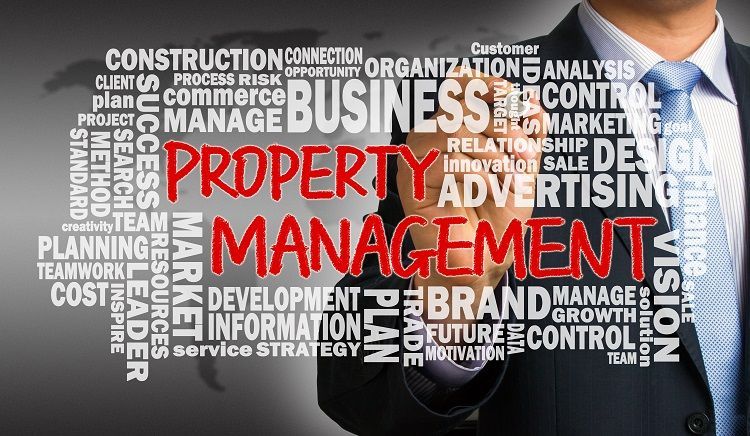The Delicate Art of Rent Increases


Rents seem to only continue to go up. Nationally, the median asking rent increased 5.74 percent in the third quarter of 2015, compared with the same quarter a year earlier.
But while many landlords raise the rent whenever it seems right, this isn’t the best strategy. You shouldn’t increase the rent because you’ve had an expensive year, or a major roofing job. Instead, your rental rates should be dictated by one very simple factor: the rental market.
Simply put, your rental price will be determined by how much tenants are willing to pay. Use anything other than this criterion to set your rent, and you run the risk of losing them and experiencing higher vacancy rates.
Let’s look at how you can accurately assess the market to determine the sweet spot—the best price that you can get for your property — and how to go about tactfully breaking the news to your tenants.
Ensure Compliance With the Law
First things first: Make sure your proposed rent increase is in compliance with state and regional laws, and of course, in accordance with the terms of your lease.
Rent control areas , which include Washington, D.C., and cities in California, Maryland, New York, and New Jersey, have specific requirements regarding rent increases, including the frequency of the increases and the amount of notice that you must provide. For all other areas though, you’ll still have to provide sufficient notice. In most states, 30 days’ notice is generally required for month-to-month leases. For fixed-lease properties, you’ll want to let tenants know before the lease is up. Commercial properties are usually less regulated, but still require compliance with the original lease agreement.
Give Extra Notice
Sure, you’re required to give enough notice to be in compliance with the law — but why stop there? If you can, give tenants a 60-day notice instead of just 30 days. This will give the tenant more time to prepare for the increase, and allows them a chance to shop around. If your increase is in line with market rates, they’ll see that there’s no better deal to be had. So get those notices ready early. For longer leases, this means at least 60 days before the lease is up. Timing your notices so that the rent increase will take place immediately after the lease renewal date will allow you to start collecting the increased rent as soon as you can.
When informing tenants about rent increases, make sure you put everything in writing. Without a written agreement, a rent increase will be difficult to enforce.
Try to Raise It Every Year, or at Each Lease Renewal Period
If you have a month-to-month lease, you’ll want to increase the rent once per year. If you’re on a longer lease, wait until the lease runs out, unless your rental agreement specifically states that you will evaluate and raise the rent mid-lease. Even if the market only allows for a 1 to 2 percent increase, this is a better choice than waiting years in between rent increases, and then having to raise the rent substantially. This will help tenants to get used to rent going up, and you’ll find them less likely to complain over a $20 per month increase as opposed to a sudden $200 jump.
Calculate the Rent Increase
The amount by which you raise the rent should be competitive with local rental market rates, so do your research. Take a look at what other similar rentals in your area are going for. You could also multiply the consumer price index by your current rental rate. For example, the Bureau of Labor Statistics’ most recent release indicates that the index for shelter increased 3.2 percent in 2015. Suppose your current rent is $1,200 per month. You could multiply $1,200 by 3.2 percent (or 0.032) for an increase of $38.40 per month. While a 3 to 5 percent annual increase is standard, you may want to adjust this to fit your situation and the local rental market.
Determine Why You’re Raising the Rent
Your tenants will want to know, and you’ll need an answer. Be truthful and make a list of reasons that the rent needs to go up, such as increased utility costs (if you pay them), rising insurance costs, higher taxes, and the cost of inflation, if these things have all increased in the last year. Other reasons for a rent increase may include the rising cost of maintenance and repairs or renovations or upgrades planned for the property.
Keep Your Tenants Happy
Also consider your tenants’ situation. If you have an excellent tenant who looks after the property and pays rent on time, you may want to cut them some slack as an incentive to stay. One way to do this is to show them what the rent increase was going to be, but with this number crossed out and with a smaller percentage written in instead. Communication is key to keeping the air clear, so be in touch with your tenant and be willing to talk to them about the increase.
Another option would be to consider offering your tenants a compromise. Propose a rent increase, and be prepared to lower the percentage if they are willing to sign a longer lease.
While rent increases can be stressful, they don’t have to be. Ensuring that you raise the rent in line with market values and communicate all upcoming changes with your tenants will go a long way toward making the process as simple and straightforward as it can be.
The post The Delicate Art of Rent Increases appeared first on Texas Investor Loans.
Recent Posts












